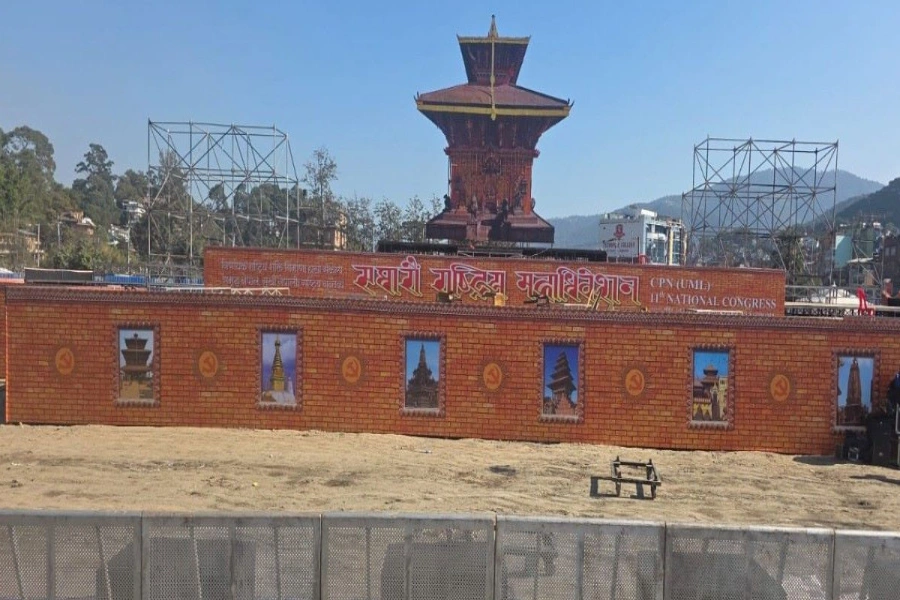Geography is the study of places and the relationships between people and their environment. History is the record of human activities in the past. Geography is primarily spatial and environmental and history is temporal. Geography has a lot of influence on the history of a place, its tradition and culture. Geographical attributes such as rivers, mountains, forests, climate, etc. are natural things which have shaped human history.
Our country Nepal is very beautiful. Nepal has mesmerizing geographical features which attract many tourists from all over the world. If we look at our history, many wars and conflicts have taken place to conquer this land. From the unification campaign of king Prithivi Narayan Shah to the Anglo Nepal war, all this took place just because the people wanted to enjoy the fascinating nature and beneficial resources.
Rivers were the major sources for human development. The snow fed pristine rivers originated from the Himalayas are an easy example that has shaped our history. People have been using these rivers for their livelihood since centuries. During the period of king Prithivi Narayan Shah, his army used the water of Kali Gandaki river while in the journey to conquer Lamjung and water of Bagmati in the quest to conquer Kathmandu valley.
Technology has not Defeated Geography

Mountains and plains had a great impact on our history as well. The tall mountains in the north protected the Nepali from the foreign invasion of Tibet and China. Nepal is a hilly country. The hilly topography played a crucial role in preventing the British invasion during the Anglo Nepal war. Not only that during the unification campaign, king Prithivi Narayan Shah had a very hard time conquering Kathmandu as it was surrounded by high hills.
Licchchhavi period is known as the ‘Golden Age’ in the history of Nepal. During this period, there was development in art and architecture. People used minerals like iron, copper, lead, zinc, cobalt, nickel, quartzite, dolomite and limestone which were commonly distributed during that time.
People have also used various raw materials over the years from nature. During the war at Nalapani, brave and patriotic Gurkhali soldiers, women and children who were desperate used stones, rocks, and sticks, whatever they got in their hands in hopes to chase away the British Army.
Different climates in different regions of Nepal also helped in shaping the history. The climate in the terai region is very hot and humid which is perfect for farming and food production and cultivation. Due to this reason many people migrated to cities and towns like Biratnagar, Janakpur, Nepalgunj etc. People started establishing industries and factories with large scale production thus, starting the industrial revolution and improving the economy of the nation. The topography also supported the creation and development of Nepali culture and tradition. For example, as there are many hills in Nepal people started flattening the hills to cultivate crops. Thus, terrace farming was invented.
Geography has influenced a lot in the outcome of past events. It has created a huge impact on the growth and development of Nepali civilization and the culture and tradition. In the present as well these geographical features are becoming useful for us. Many tourists visit Nepal every year for adventure and to experience the natural beauty. If it weren’t for the climate, topography and natural resources maybe Nepal wouldn’t even have existed or its history wouldn’t be as interesting as it is now.





































